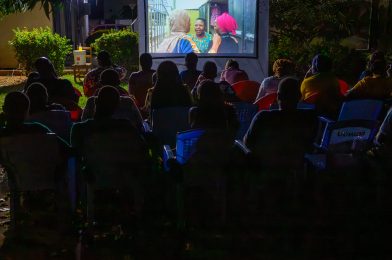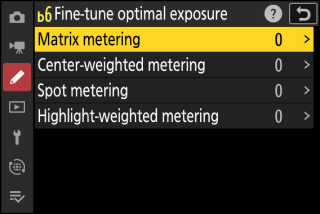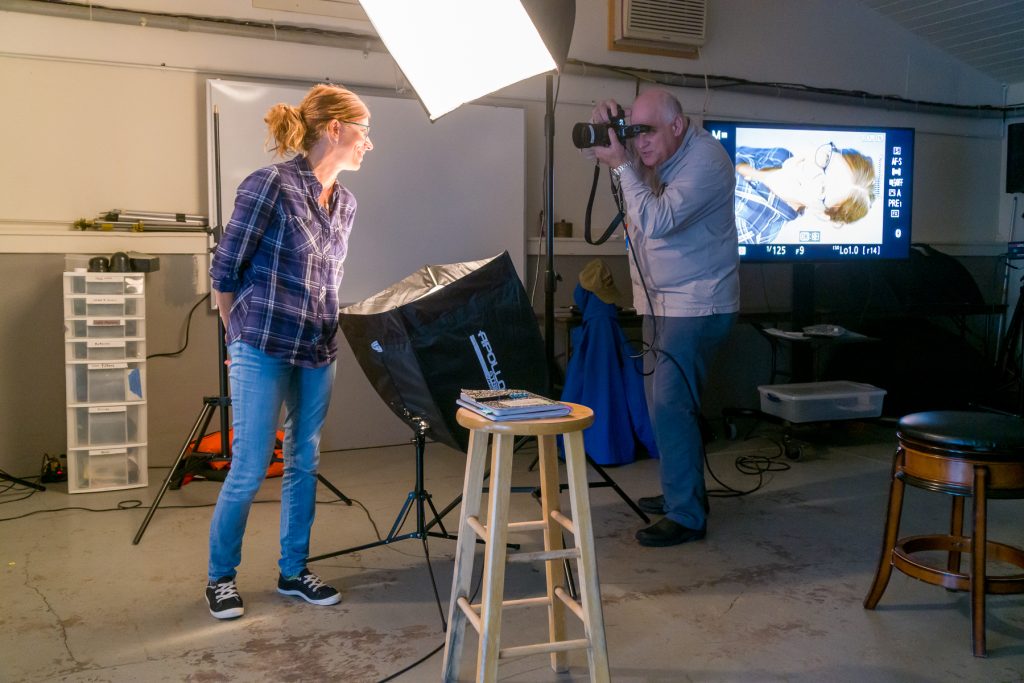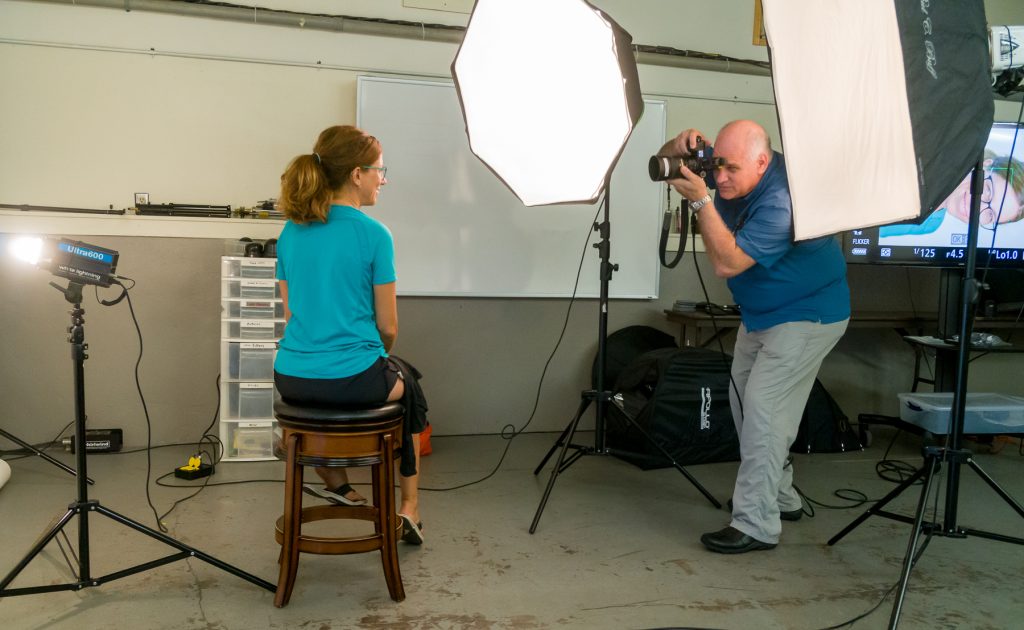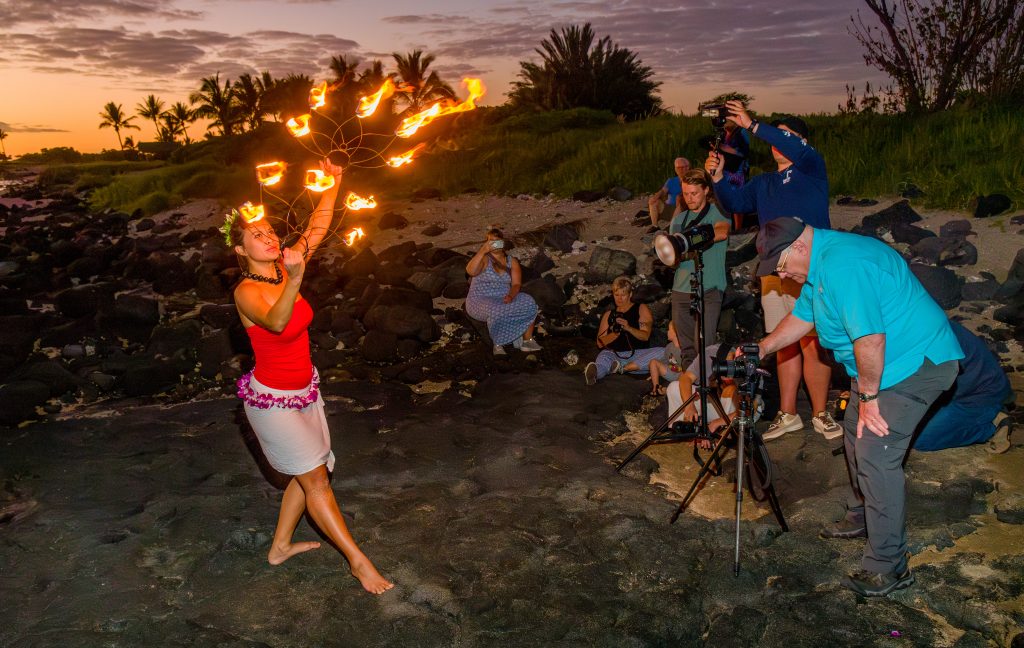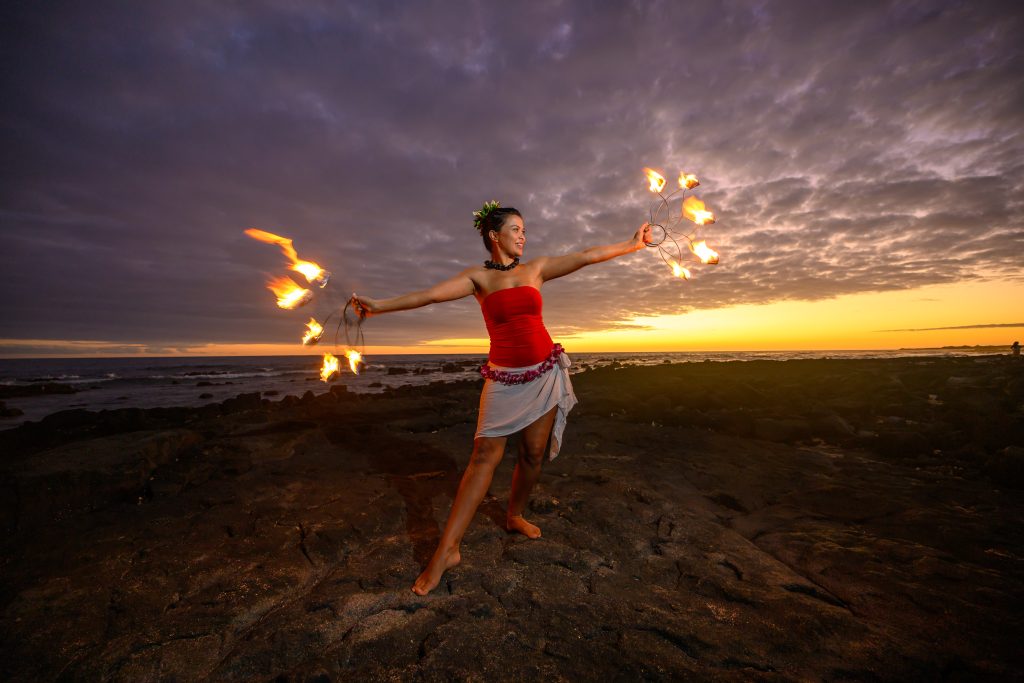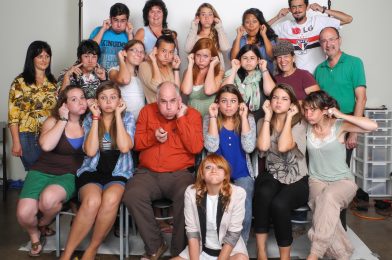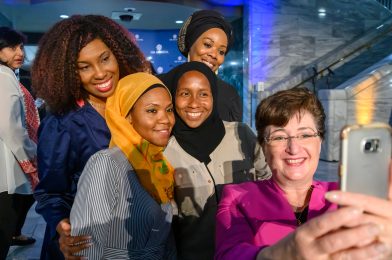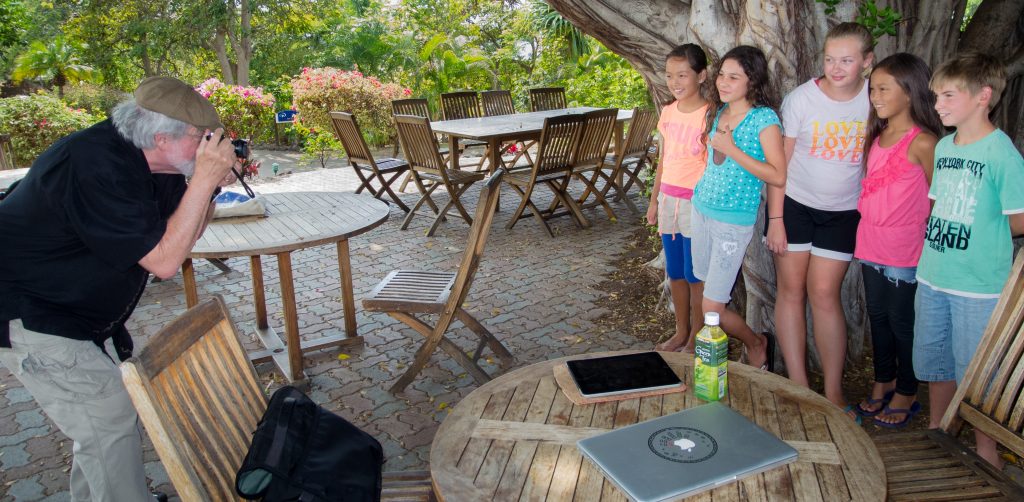If you’re a photographer trying to stay relevant and profitable in 2025, you already know just being “good with a camera” isn’t enough. The photographers who thrive today aren’t just capturing images—they’re building trust, solving problems, and promoting themselves personally, strategically, and consistently.
As someone who’s spent decades helping others tell their stories, here’s how I’ve learned to successfully self-promote in a way that builds long-term relationships and opens new doors.
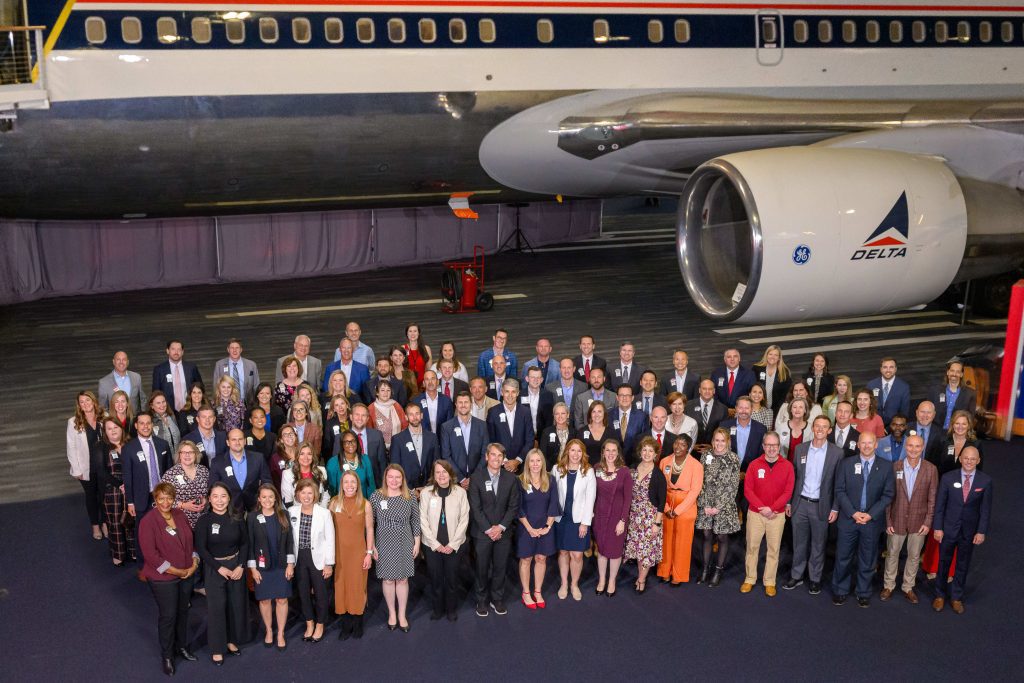
Know Your Audience
Start here: Who do you want to reach?
If you’re like me, your ideal clients are nonprofits, faith-based groups, or small businesses that need strong brand messaging. These clients are often overwhelmed, understaffed, and unsure how to communicate visually. They don’t need someone to “take photos”—they need someone to help them connect.
So make sure everything about how you present yourself speaks to that. Your audience needs to know:
- You understand their mission.
- You’ve helped others like them.
- You’re someone they can trust with their story.
When your message speaks directly to their world, it becomes about them, not just you.
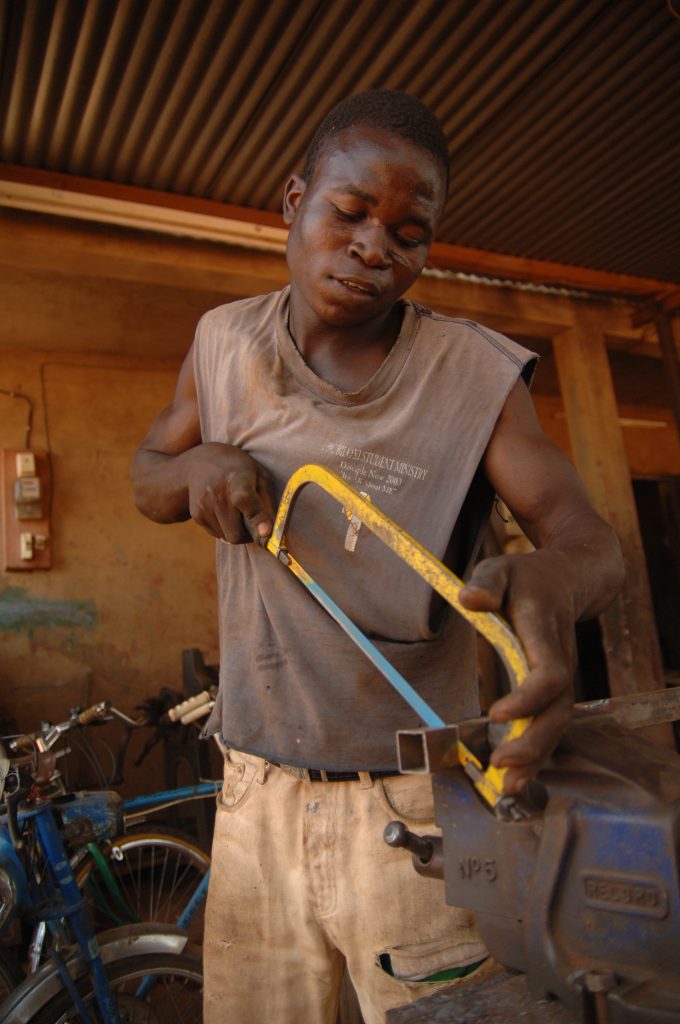
Identify and Solve Their Problems
A promotion that works starts with empathy.
Think about the actual pain points clients bring to the table. Maybe they’re struggling to get donors to engage, or their social media feels flat. Perhaps they’ve worked with other photographers who delivered technically OK photos, but missed the emotional connection.
What you’re offering is a solution. You’re helping them:
- Communicate value to their audience.
- Connect emotionally with supporters or customers.
- Build consistency across their visual brand.
Your messaging should reflect that on your website, blog, emails, and in person.

Structure Your Portfolio for Their Needs
Most photographers build portfolios that show what they like to shoot. However, effective self-promotion means showing what your clients want to see.
Instead of a general “highlight reel,” think about case studies. Break your portfolio into categories like:
- Brand Storytelling for Nonprofits
- Faith-Based Projects
- Event Coverage with a Mission
- Executive and Environmental Portraits
Show variety, but also show depth. For each gallery, include a short paragraph about the client’s challenge, your approach, and the result. A powerful image with a brief story goes much further than a grid of 20 random shots.
Promote Yourself—Consistently and Intentionally
In today’s market, it’s easy to fall into the trap of thinking you must always be everywhere. Instead, aim to be intentional in the ways that matter most.
Snail Mail
Surprise still works. A professionally printed postcard with a handwritten note has a much higher open and response rate than another email in their inbox. Use it to highlight a recent campaign or image series relevant to their mission.
Email
A well-crafted newsletter—once a quarter or once a month—is a great way to stay top-of-mind. Ensure it’s more than “look at my latest shoot.” Offer value: a quick tip on storytelling, a link to a behind-the-scenes post, or a short story of a client’s success.
Blog and Website
Consider your blog your voice when you’re not in the room. Write posts that answer the kinds of questions your clients are already asking:
- What makes a good storytelling photo?
- How do visuals help with fundraising?
- What do we need to do before the shoot?
Ensure your website leads people somewhere: either to contact you, download something helpful, or read more about your process.
Networking and Speaking
This still works better than anything else, especially in the nonprofit and small businesses. Offer to give a short talk on storytelling at a local church, business group, or creative meetup. Speak from experience. Don’t sell. Teach.
You’re not just a vendor—you’re a guide. And the more people see you that way, the easier it is for them to say yes.

Choose the Right Images to Reinforce Your Message
Images matter as much in your self-promotion as in your client work. Choose photos that reflect both skill and purpose.
Here are the types of images to pull from your website and blog:
- Emotion-rich moments from nonprofit or missionary stories. Show connection, not just action.
- Before-and-after branding examples—how a campaign improved with visuals.
- Behind-the-scenes photos of you working, especially in faith or storytelling contexts.
- Photos with real people, real impact—portraits of clients or community members engaging with your work.
- Close-up emotional moments that visually reinforce the message of your post.
These aren’t just portfolio pieces—they’re proof of concept. They show that you understand how to capture images that do something.
Final Thought
Self-promotion doesn’t have to feel awkward or self-serving. Knowing your audience and speaking directly to their needs becomes something much more powerful: an invitation to collaborate.
You’re not just saying, “Look at what I’ve done.” You’re saying, “Here’s how I can help you tell your story.”
And that’s what people will remember.

